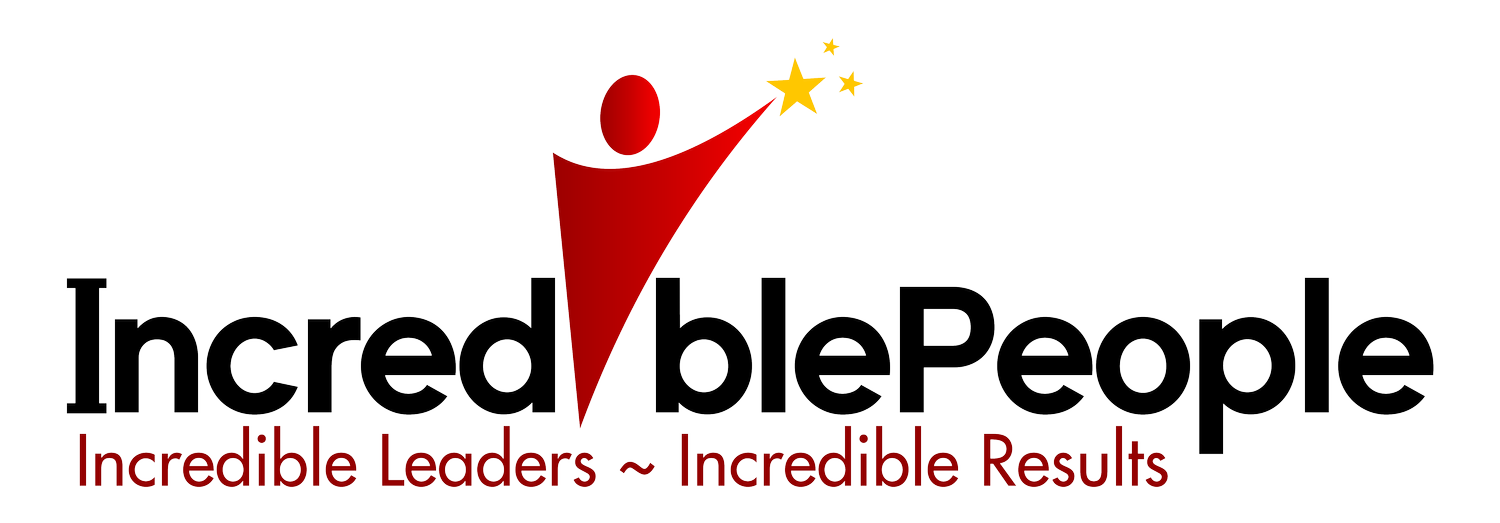How to Craft a Clear and Compelling Vision for Your Team’s Success
When President John F. Kennedy visited NASA for the first time in 1962, he met with a cleaner carrying a broom in one of the hallways. When the President asked him what his role was at NASA, the cleaner replied, “I’m helping put a man on the moon.”
He didn’t say, “I sweep the floors”. Rather he saw himself as part of the 400,000 staff at NASA who were all working together to put a man on the moon.
This story really highlights the positive impact of having an effective, well-defined clear vision and purpose. Imagine how much more effective organisations would be if every individual in a team and organisation believed that their job contributed to the overall vision and purpose.
At Incredible People, we spend a lot of time helping our clients define and refine the vision and purpose of their teams and organisations. Why? Because the positive impact that this has is so powerful, we consider it the foundation stone of successful leadership.
If you would like to develop a well defined strategic roadmap that your team will be excited to implement for 2025, join our director Natalie Lincolne for an online workshop on Friday 8th November. In this 90-minute interactive workshop she will unlock the strategies and techniques for leaders to develop a customised vision and purpose that will set your team up for success in 2025.
From working with clients across a broad spectrum of industries over the years, we know that a well-defined vision that aligns team members towards a common goal can achieve:
Alignment and direction
A clear purpose aligns team members toward common goals, creating a unified direction. When everyone understands the team's purpose, they can make decisions and take actions that contribute to the broader objectives.
Motivation and engagement
A compelling vision inspires team members to invest in their work and strive for excellence. When employees feel connected to a meaningful purpose, their engagement and commitment to the team's success generally increases.
Cohesion and collaboration.
A shared purpose fosters collaboration, as team members are more likely to support one another when they understand their common goals. This collaborative spirit builds connections that enhance communication and strengthen team dynamics.
Resilience and adaptability
In times of change or uncertainty, a well-articulated purpose and vision provides stability and clarity. Teams with a strong sense of purpose are better equipped to navigate challenges and adapt to new circumstances.
Having an established vision and purpose, and committing to delivering on them is key to attracting and retaining your workforce’s future leaders.
The 7 steps to crafting and refining your team’s vision and purpose
Involve the team. Engage all team members in the process of crafting the vision and purpose. Facilitate discussions, workshops, or brainstorming sessions to gather input and insights from everyone. This collaborative approach not only fosters ownership but also ensures that diverse perspectives are considered.
Reflect on values. Identify the core values that underpin your team’s culture. What principles guide your work? Consider how these values can be woven into your purpose and vision statements to create authenticity and resonance.
Define your purpose. Clearly articulate your team’s purpose in a concise statement that captures the essence of why your team exists, the value it brings to the organisation, and how it contributes to the overall purpose. Aim for clarity and simplicity, ensuring that everyone can easily understand and remember it.
Create a compelling vision. Develop a vision statement that paints a vivid picture of the future you aspire to create. Consider the impact you want your team to have, the outcomes you wish to achieve, pinpoint what difference it will make to the world when you do. A strong vision should be inspiring, ambitious, and achievable.
Seek feedback. Once you’ve drafted your purpose and vision statements, share them with your team for further feedback. Encourage open dialogue and be willing to make adjustments based on their input. This iterative process will help refine your statements and ensure they resonate with everyone in the team.
Communicate and reinforce. Once finalised, communicate your purpose and vision consistently across all channels. Incorporate them into team meetings, onboarding processes, and performance evaluations. Add them to your internet, intranet, proposals and annual reports. Regularly reinforce these statements to remind team members of their significance and keep them top-of-mind.
Review and revise. As your team evolves, so too may your purpose and vision. Schedule regular check-ins to review their relevance and make updates as needed. This ongoing reflection ensures that your purpose and vision remain relevant and aligned with the team’s goals and aspirations.
Developing and refining your team’s purpose and vision is a vital investment in your team's success especially if there are four generations in the workplace, each with different motivations and values. A clear purpose provides unified direction, while a compelling vision inspires collaboration and resilience. By involving your team in the process and regularly revisiting these statements, you can create a shared sense of purpose that drives engagement and achievement.
You may not be a leader at NASA, but embracing the journey of refining your team’s purpose and vision will help to launch your team into the orbit of a cohesive, motivated, and high-performing unit.


